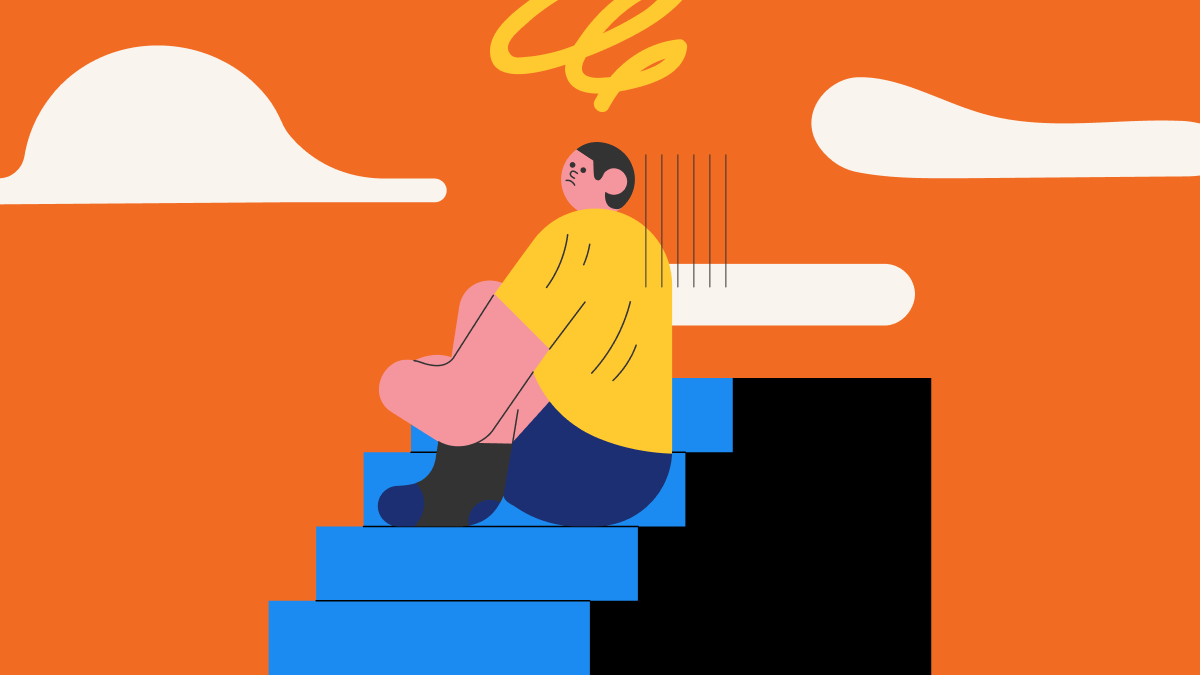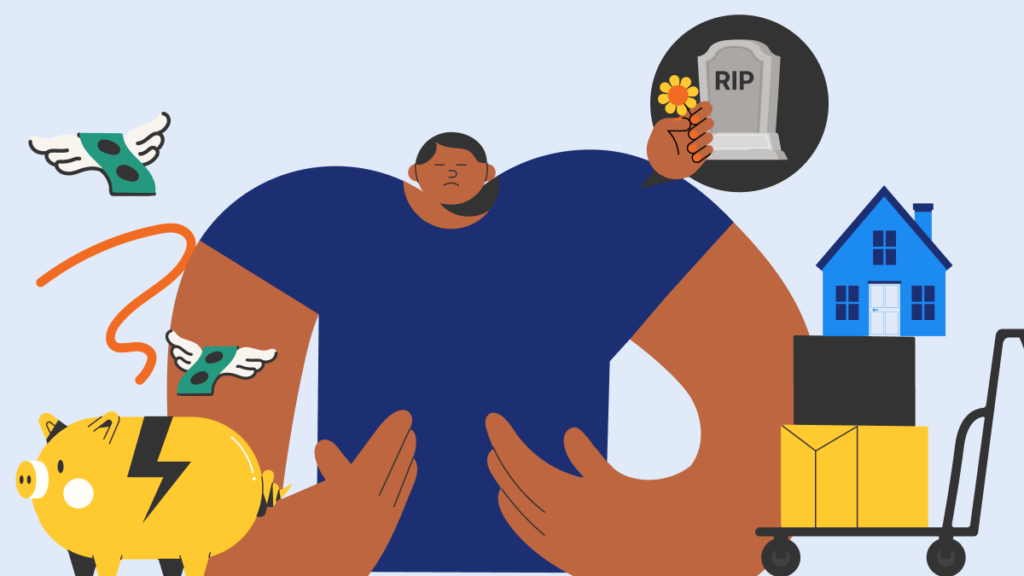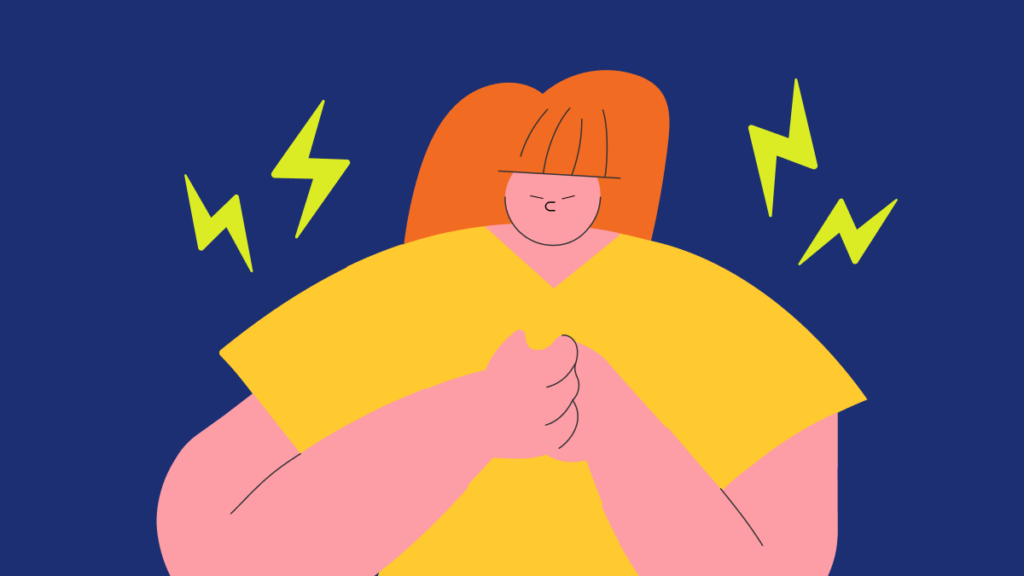Anxiety is a natural part of life. Whether you’re preparing for a big presentation, navigating a tense conflict with a friend, or facing uncertainty in an important relationship, we all feel anxious from time to time. But when anxiety becomes overwhelming, it can lead to sudden, intense episodes of distress known as anxiety attacks.
What is an anxiety attack?
An anxiety attack is an episode of extreme fear, worry, or unease that escalates quickly, triggering both mental and physical symptoms that feel unconcontrollable.
Anxiety attack symptoms
According to the Diagnostic and Statistical Manual of Mental Disorders, Fifth Edition (DSM-5), a panic attack is defined by the presence of four or more symptoms, spanning both mental and physical realms.
Mental symptoms may include feelings of unreality (derealisation), detachment from oneself (depersonalisation), or fears of losing control or dying. Meanwhile, physical manifestations can include:
Sensations of shortness of breath, difficulty breathing
Your heart might feel like it’s going a thousand miles per minute. Your hands might feel cold and numb. In some cases, you might not even be able to stand upright.
- Chest pain
- Chills
- Excessive sweating
- Feeling of choking
- Feeling dizzy, unsteady, lightheaded, or faint
- Heart palpitations, pounding heart, or accelerated heart rate
- Hot flashes
- Nausea or abdominal distress
- Numbness or tingling sensations (paresthesias)
- Trembling or shaking
- Sensations of shortness of breath, difficulty breathing
What causes an anxiety attack?
Central to an anxiety attack is fear, a natural reaction to a threatening situation. For example, if you see a grizzly bear in the forest, fear activates your fight-flight-freeze response—a system designed to prepare your body to deal with danger.
Here’s the tricky part: Although the modern-day man rarely encounters dangerous predators in the jungle, the system hasn’t stopped scanning for dangers. Rather, the definitions of danger have simply evolved to encompass both actual and perceived threats.
For example, speaking to a large audience at a conference isn’t life-threatening in itself, but the prospect of being negatively evaluated by the masses can feel like a very real danger, setting off an anxiety attack. Think of it as a false alarm, mistakenly triggered in the absence of a physical threat.
Other perceived threats include:
- Chronic stress or burnout
- Traumatic events or memories
- Social situations, especially in people with social anxiety
- Phobias or specific fears
- Health concerns, especially in individuals with health anxiety
- Life changes such as job loss, divorce, or financial instability
Often, anxiety attacks are a reaction to an accumulation of stressors rather than a single event.
What happens in the brain?
When the brain perceives danger, the amygdala—the brain’s alarm system—rapidly fires urgent distress signals to the body, preparing it to either confront or escape the perceived threat by:
- Releasing adrenaline (epinephrine) from the adrenal glands
- Increasing heart rate and respiration
- Redirecting blood flow to major muscle groups
- Heightening sensory perception (you may feel more alert or “on edge”)
As your brain shifts into survival mode, the prefrontal cortex—responsible for logical reasoning and decision-making—begins to go offline. Meanwhile, the hippocampus, the brain’s memory center that helps evaluate whether a current situation resembles a past danger, also becomes less active.
These changes make it difficult to assess the situation rationally and calm yourself down, which explains why “talking yourself down” from an anxiety attack rarely works in the moment.
Anxiety attack vs panic attack
You might be wondering, “What’s the difference between an anxiety and a panic attack?” While these terms are often used interchangeably, there is a key distinction: a panic attack is the clinical term recognised by the Diagnostic and Statistical Manual of Mental Disorders (DSM-5), whereas “anxiety attack” is not formally defined in the DSM-5.
Panic attacks can occur as part of mental health conditions such as Panic Disorder or Generalised Anxiety Disorder (GAD). However, they can also happen spontaneously or in response to highly stressful or anxiety-provoking situations, even in individuals without a diagnosed anxiety disorder.
How to stop an anxiety attack
During an anxiety attack, the distress may seem relentless and it can feel like you’re losing control. While you can’t always make an anxiety/panic attack go away instantly, you can regulate your nervous system and shorten its duration.
1. Affirmation
Although panic attacks can be frightening, it’s important to remember that they are not dangerous. Like a misfiring of the brain’s survival system, they are part of a protective system designed to keep us safe, not to harm us.
Repeat to yourself:
- “I am safe.”
- “This is my body reacting to stress.”
- “I don’t need to fight this.”
- “This will pass.”
- “I’ve felt this before, and I got through it.”
2. Deep breathing
Deep breathing tempers the flight-flight-freeze response by soothing the amygdala and reactivating the prefrontal cortex, bringing your body back to a state of calm and relaxation.
There are several methods you can practise, but an easy one to remember is the box breathing technique:
- Inhale deeply through your nose for four seconds
- Hold for four seconds without inhaling or exhaling.
- Exhale slowly through your mouth for four seconds
- Hold for four seconds without inhaling or exhaling
- Repeat
3. Grounding
During an anxiety attack, fixating on bodily sensations can increase your sense of panic. Instead, anchor yourself in the here and now by focusing on your surroundings. One way of doing so is by engaging all five senses through the 5-4-3-2-1 method:
Name:
- 5 things you can see
- 4 things you can touch
- 3 things you can hear
- 2 things you can smell
- 1 thing you can taste
4. Visualisation
Visualise a comforting scene in vivid detail. The key is to fully immerse yourself in the experience by focusing on what you can see, hear, and feel. Here are a few prompts to help you get started:
- Picture a person or pet. Imagine the weight of their hand on your shoulder or the softness of fur against your skin. Hear their voice or the rhythm of their breathing.
- Picture a calming place. Envision yourself standing on a peaceful beach, listening to the soothing crash of waves and feeling the warm sand beneath your feet.
- Picture a joyful memory. Recall the sound of laughter echoing through the air and the cool wind playing through your hair.
When to seek treatment for anxiety attacks
A single anxiety attack doesn’t always require medical attention, but you might want to reach out for help if you experience:
- Frequent or unexpected attacks: You experience panic or anxiety attacks regularly, even without clear triggers.
- Fear of future attacks: Worrying about having another attack is starting to control your decisions or routines.
- Severe physical symptoms: Your symptoms feel intense or mimic medical issues like chest pain or shortness of breath.
- Daily life is affected: Anxiety is interfering with your work, sleep, relationships, or overall functioning.
- Self-help isn’t enough: Grounding techniques and coping tools aren’t relieving your symptoms.
Anxiety attack treatment at Intellect Clinic
At Intellect Clinic, our clinical psychologists are qualified to assess underlying mental health conditions that may be contributing to your anxiety attacks, such as Generalised Anxiety Disorder (GAD) or Panic Disorder.
Even if you don’t have a formal diagnosis, our counsellors and psychotherapists can support you in managing anxiety attacks through evidence-based treatments, including:
- Cognitive Behavioural Therapy (CBT): Helps you understand and reframe anxious thought patterns.
- Exposure Therapy: Gradually desensitises you to triggers in a safe, controlled way.
- Mindfulness and Relaxation Techniques: Can help reduce overall anxiety and improve resilience.
(If medication is deemed beneficial for you, we will refer you to a partner psychiatrist within Intellect Clinic’s network. In such cases, some treatment sessions may take place at their clinics.)
50-minute sessions with our counsellors and clinical psychologists are priced at $160 and $240 (Singapore dollars) respectively, and we offer appointments at our clinics in:
- Marina One
- Dhoby Gaut
- Tanjong Pagar
- Woodleigh
- Tembeling
Reach out to us today for an appointment.






